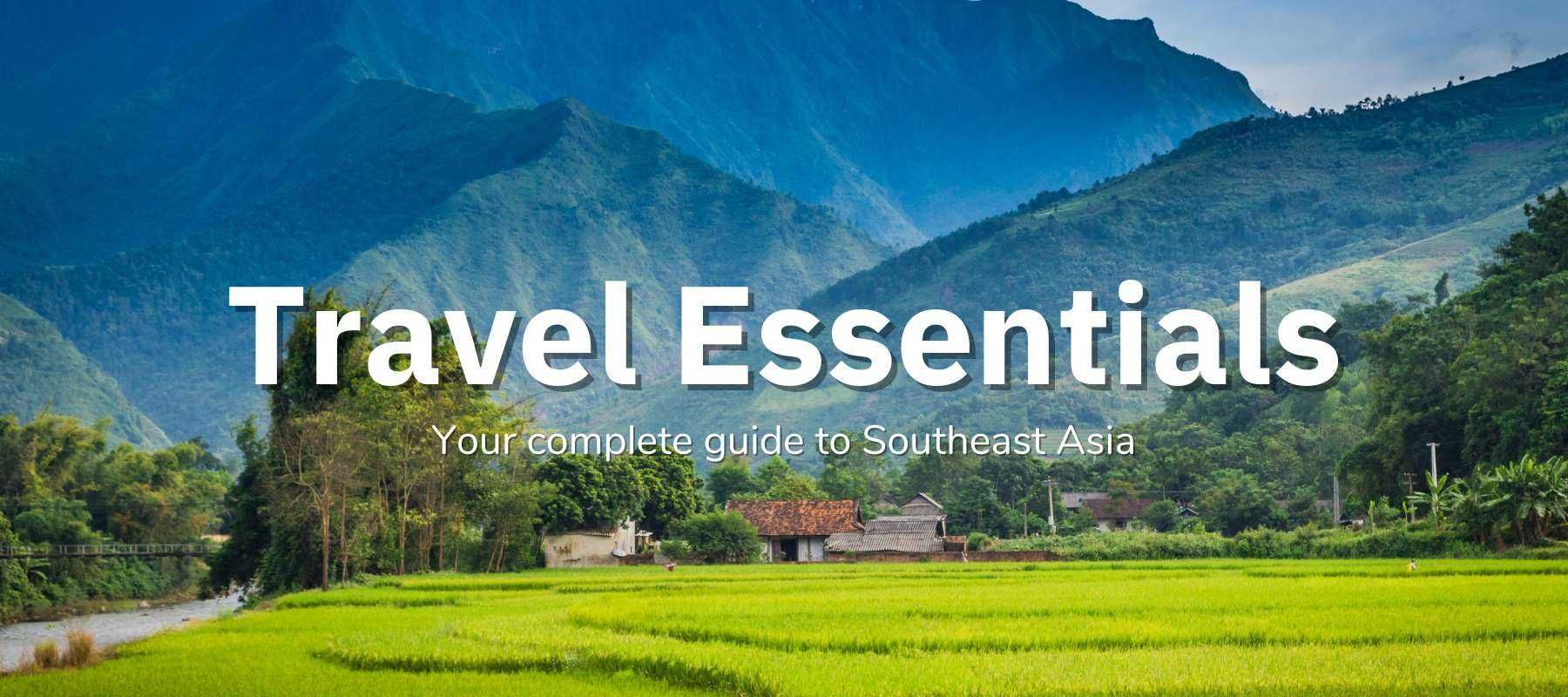
Travel Essentials - Your Complete Guide to Southeast Asia
Planning a trip to the wonders of Southeast Asia? Before you start on your adventure, it is important to ensure you have all the necessary preparations in place. This guide will highlight the essential items and considerations to keep in mind prior to visiting this spectacular region. Read on to discover how you can come fully prepared for your unforgettable journey through Southeast Asia.
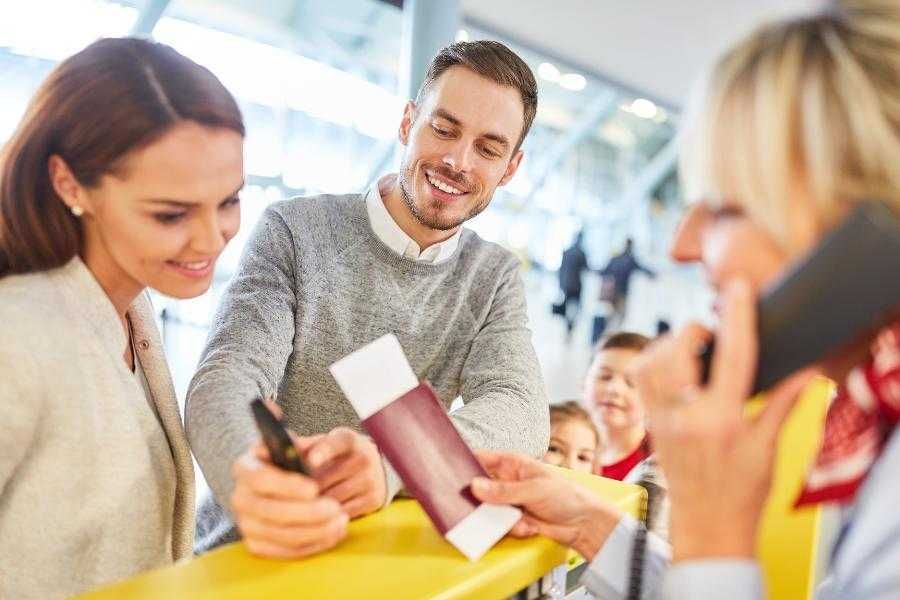
Documents
Preparing for your trip to Southeast Asia, it's important to have the right documents in place. We've compiled a list of recommended items for your checklist.
Passport and Visa
Ensure that your passport is valid for at least six months beyond your intended departure date, as this is a requirement in many Southeast Asian countries. Additionally, please check that your passport has enough empty pages for visas and entry/exit stamps. Some countries have specific regulations regarding the number of blank pages needed, and we recommend leaving at least 2 pages empty.
Each country in Southeast Asia has its own visa requirements. We strongly advise checking the current regulations on government-approved websites. This will help you determine whether you need to obtain a visa in advance or if an e-visa option is available for your destination.
*Note: Beware of fake visa websites, as they are owned by agencies which will overcharge you.
Child's Birth Certificate
If you are traveling with a child under 18 years old, especially when without a spouse, some Southeast Asian countries may request proof of the parent-child relationship to prevent international child kidnapping incidents. This is a precautionary measure. To ensure a smooth journey, carry a copy of your child's birth certificate, particularly if parents have different family names or are of different ethnicities. Having this document readily available can help avoid any potential complications during your travel.
Health and Documentation
While the COVID-19 pandemic may be over, it's essential to remain vigilant and stay updated. Check the entry requirements of your destination country and ensure you have a valid vaccine certificate if necessary. Some countries may require proof of COVID-19 vaccination or have specific guidelines in place. We recommend keeping an eye on official sources for any changes in requirements. You can also check out our updated entry regulations here:
Additionally, if you have any underlying health conditions or concerns, it's advisable to consult with your doctor before traveling. Request a fit-to-fly document that confirms you are not at risk of complications during the flight or in compliance with specific airline regulations.
Travel Insurance
Southeast Asian countries do not provide free medical care to travelers. We highly recommend you purchase travel insurance that covers medical expenses, trip cancellation or interruption, and other unforeseen complications. Travel insurance offers essential protection, ensuring that you receive the necessary medical care and assistance in case of unexpected events during your journey.
Remember that not all travel insurance policies are the same. We recommend carefully reviewing the coverage details in your policy to ensure it meets your specific needs. Confirm your travel insurance coverage and keep a copy of the confirmation with you.
Document Copies
We highly recommend you make digital copies of important documents like your passport, ID, driver's license, travel insurance, and any other relevant paperwork. Save these copies on your phone or in the cloud as a backup for unexpected situations during your journey. Remember to keep physical copies in a separate, secure location as well, in case access to digital devices is compromised.
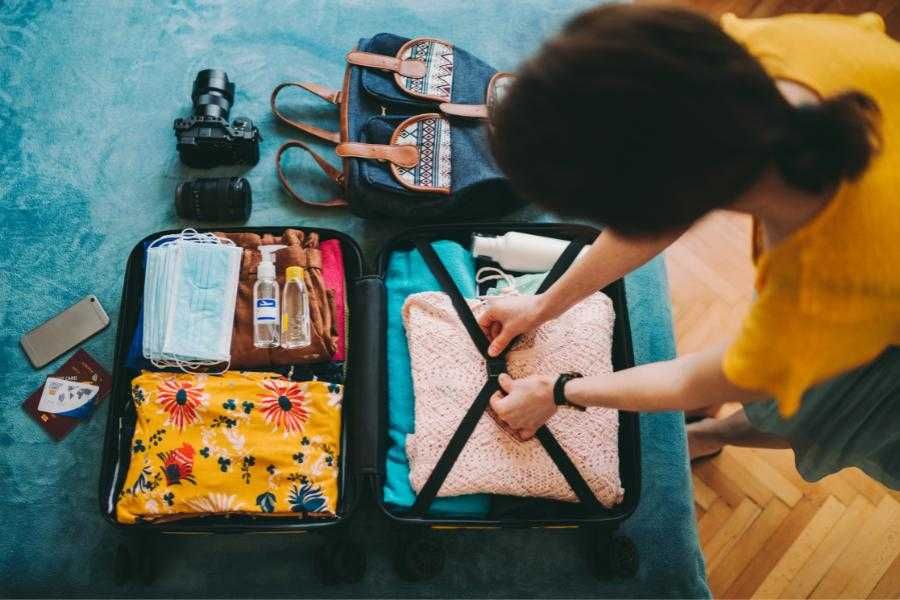
Packing Tips
Packing the right clothing is an essential part of preparing for your Southeast Asian trip. We'll guide you on packing the perfect wardrobe, considering factors like the seasons, region, and cultural norms. It's not just about comfort but also a way to show respect for the local culture.
Seasonal Clothing
When preparing your wardrobe for Southeast Asia, consider the season and region you'll be exploring. Whether you're facing the tropical heat or occasional rain, it's essential to be prepared. Don't forget essentials like a raincoat, especially during the rainy season. Moreover, regardless of the season, we recommend bringing lightweight outerwear. You might find that many places in Southeast Asia use air conditioning, and you could feel chilly if exposed to it for extended periods. For a more in-depth understanding of the best times to visit specific Southeast Asian countries, check out our articles here:
Outdoor Essentials
Depending on the activities you plan to engage in, such as hiking, trekking, or swimming, pack suitable attire. Consider lightweight and breathable clothing for hot and humid conditions and a waterproof or windproof jacket for cooler weather. Comfortable shoes with anti-slip soles are recommended for walking and consider bringing water-resistant footwear for activities near water. Additionally, protect yourself from the sun's rays by packing a sun hat and sunglasses. These essential items will help prevent overheating and protect your eyes from harsh sunlight. Apply sunscreen with a high SPF rating to exposed skin and consider carrying a compact umbrella for extra shade on particularly sunny days. With the right attire and protection, you can fully enjoy your outdoor experiences in Southeast Asia.
Respectful Clothing
When visiting spiritual and religious sites in Southeast Asia, dressing respectfully is essential. Ensure your attire covers your knees and shoulders as a sign of reverence to the Gods and deities and as a mark of respect towards the local worshippers. Additionally, some religious sites may require you to remove your shoes before entering. This practice signifies humility and cleanliness and is a customary sign of respect. Being mindful of these cultural customs is a way to show appreciation for the spiritual significance and to create a positive interaction with the local community.
Planning a trip to Asia?
With MakeYourAsia, your dream trip comes with stress-free planning, authentic experiences, and carefree exploration. Simply leave everything to us!
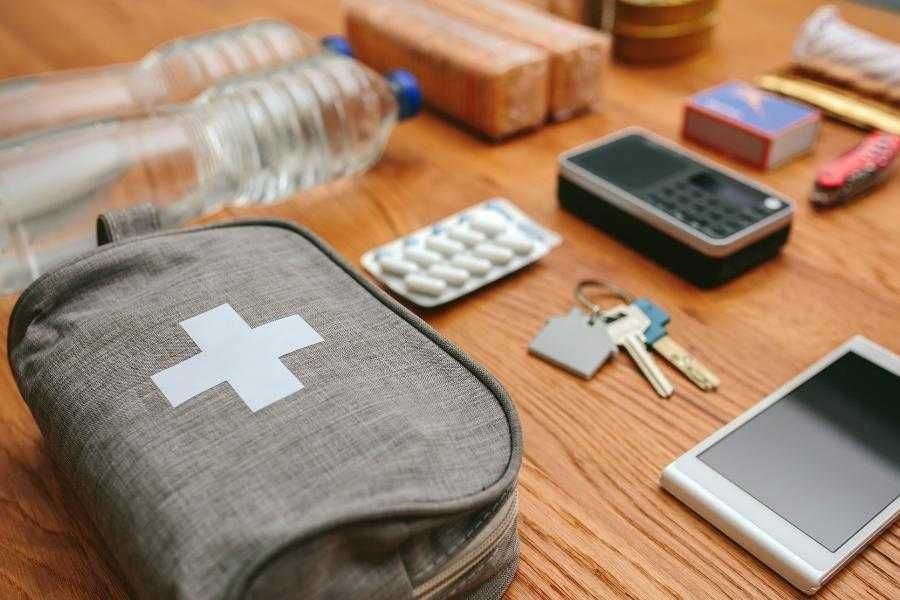
Medical Essentials
Prioritize your health and well-being while traveling in Southeast Asia by being prepared with essential medicine and medical equipment. It is crucial to bring your prescribed medication and recommended products to address common health concerns and enjoy your time exploring Southeast Asia with peace of mind. Carry the medication or medical equipment prescribed by your doctor, as it ensures that your necessary treatment is readily available.
Recommended Products
To stay prepared and maintain good health during your trip, consider packing the following essentials:
1. Antihistamines - These can help alleviate symptoms caused by allergens, making your journey more comfortable.
2. Insect repellents – Protect yourself against mosquito bites and potential diseases they may carry, ensuring a safer and more enjoyable trip.
3. Water-resistant sunscreen – Shield your skin from the sun’s harmful UV rays, especially in the tropical climate of Southeast Asia, to prevent sunburn and skin damage.
4. Hand sanitizers – Maintain proper hand hygiene, especially in areas where access to water and soap may be limited. Carry hand sanitizers to conveniently cleanse your hands and prevent the spread of germs during your travels in Southeast Asia.
5. Medicine against diarrhea – Be prepared for digestive issues that can arise from changes in diet or water sources, ensuring you can manage such discomfort effectively.
6. Medicine against motion sickness – Address discomfort while traveling on boats, buses, or other modes of transportation, so you can enjoy your journey without disruptions.
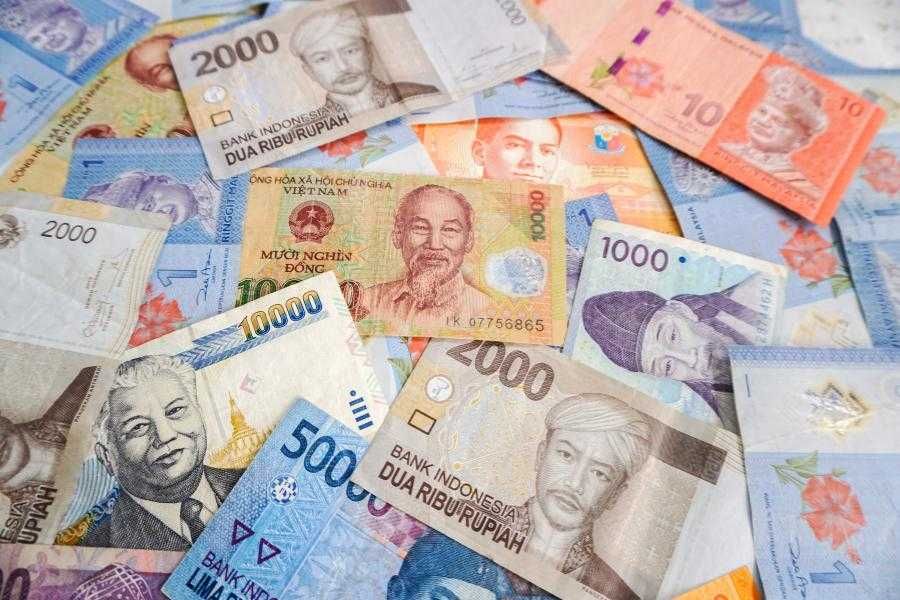
Currency
When preparing for your trip to Southeast Asia, it is essential to consider currency-related matters to ensure a seamless financial experience while exploring these destinations. Understanding the currency options, payment methods, and the importance of carrying specific types of currency can make your journey more convenient and enjoyable.
Debit or Credit Cards?
Visa and Mastercard are widely accepted card types in Southeast Asia, making them convenient options for your financial transactions. To enhance your financial security and ensure seamless transactions, it is advisable to carry more than one card. This precaution can be particularly helpful in case of any issues with your primary card, allowing you to continue enjoying your journey without disruptions.
In addition to carrying multiple cards for secure transactions, it's a good practice to check your payment receipts immediately after each transaction. This will allow you to ensure that you've been charged the correct amount. If you notice any discrepancies, addressing them promptly is easier and more effective, helping you resolve any issues without delay.
USD, EUR, GBP or AUD?
These are widely accepted currencies in many tourist destinations across Southeast Asia, simplifying currency exchange and transactions. While these major currencies are useful, it's best to use the local currency for your day-to-day transactions to ensure competitive exchange rates and avoid potential surcharges. *Note: Older USD notes may have lower exchange rates or may not be accepted for exchange.
Here are the local currencies:
1. Cambodia - Cambodian Riel (KHR)
2. Thailand - Thai Baht (THB)
3. Singapore - Singapore Dollar (SGD)
4. Indonesia - Indonesian Rupiah (IDR)
5. Vietnam - Vietnamese Dong (VND)
6. Philippines - Philippine Peso (PHP)
7. Malaysia - Malaysian Ringgit (MYR)
Book a private tour to Asia
Leave the planning to us and have the time of your life in Southeast Asia!
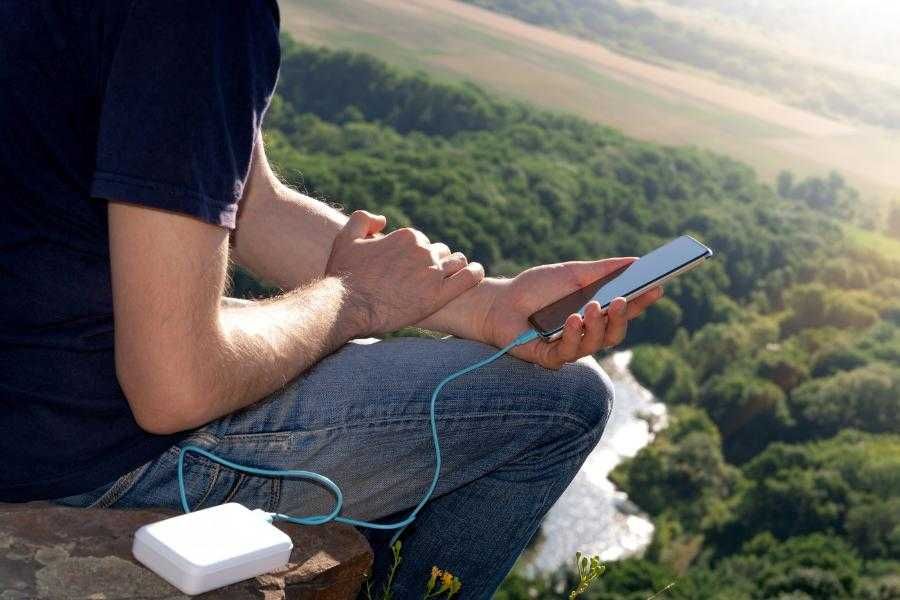
Electronic Equipment
When traveling to Southeast Asia, having the right equipment can enhance your experience. Consider these essential items to stay connected, powered up, and prepared for any situation.
Power Bank
When traveling to Southeast Asia, it is crucial to bring a power bank, especially if you anticipate limited access to electricity. This portable device will extend your phone's battery life, ensuring you stay connected and powered up throughout your journey. Look for a power bank with a high capacity to charge your devices multiple times before needing a recharge. Some power banks also come with multiple USB ports, allowing you to charge multiple devices simultaneously. This is particularly handy if you have a smartphone, tablet, or other gadgets that require power. Don't forget to pack the power bank in your carry-on luggage due to its inflammable nature.
Travel Adapter
Different parts of the world have varying power outlets, and Southeast Asia is no exception. To charge your devices seamlessly, invest in a universal travel adapter that can adjust your home country’s power plugs to fit the outlets of your destinations. This ensures you can keep your devices powered without any compatibility issues. When choosing a travel adapter, consider one with multiple USB ports, so you can charge several devices simultaneously. This can be particularly useful in shared accommodations with limited power outlets.
SIM or e-SIM
To enjoy affordable and convenient mobile services in Southeast Asia, consider using a local carrier SIM card. This enables you to access 3G, 4G, or even 5G/LTE services and make local calls at reasonable rates. Additionally, Southeast Asian carriers may also provide e-SIMs, eliminating the need for a physical SIM card and allowing seamless connectivity. By utilizing these options, you can stay connected with fast and reliable internet access throughout your travels in the region. Be sure to check the coverage and data packages offered by local carriers to choose the one that best suits your needs.
Wi-Fi Router (optional)
For business travelers or those who rely heavily on internet access, carrying a portable Wi-Fi router can be beneficial. In areas with limited internet connectivity, having your own router allows you to connect your devices without disruptions, ensuring you stay connected and productive throughout your trip. Look for a router that offers good coverage and supports local SIM cards, making it easier to access reliable and fast internet.
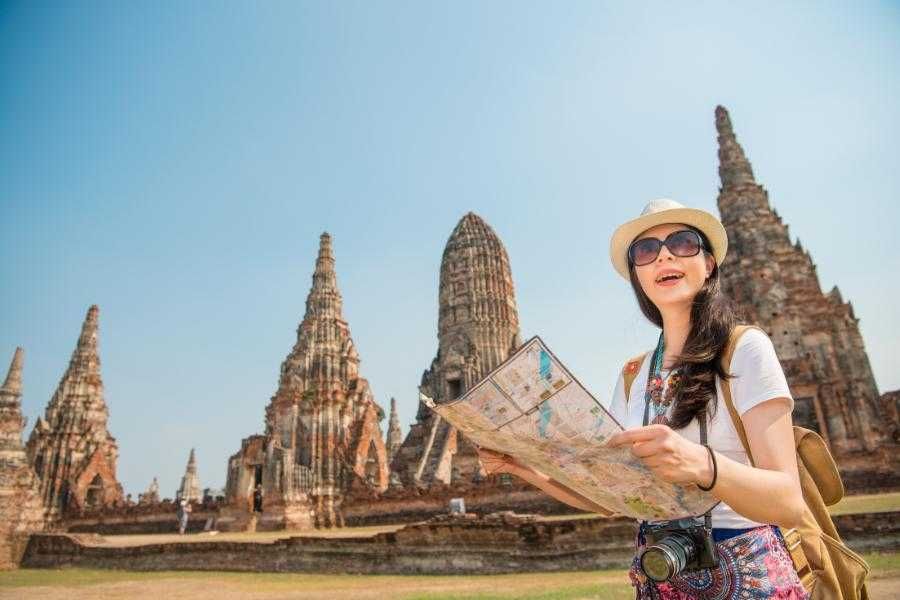
Know Your Way Around
When planning your trip to Southeast Asia, it is important to stay informed and prepared. Here are some key points to consider:
1. Check the current travel restrictions and entry requirements of the Southeast Asian country you will be visiting. Stay updated on any visa requirements, health regulations, or travel advisories issued by the government.
2. Prioritize understanding the weather conditions of the specific Southeast Asian country you are visiting. Many locations in the region feature varying seasonal weather patterns. Pack accordingly to ensure comfort and adaptability.
3. Familiarize yourself with the restrictions on items that cannot be taken out of the specific Southeast Asian country. Some countries have strict regulations regarding the export of certain items, such as animal parts, seashells, coral, or cultural artifacts. Respect the local laws and avoid any potential legal issues.
4. If you plan to bring a drone with you, make sure to research the flycam or drone laws in each Southeast Asian country beforehand. Some countries have specific regulations regarding drone usage, including permits or restricted areas. Be aware of the rules to ensure a responsible and compliant experience.
By taking these steps and staying informed, your journey throughout Southeast Asia will be much smoother and more enjoyable.
